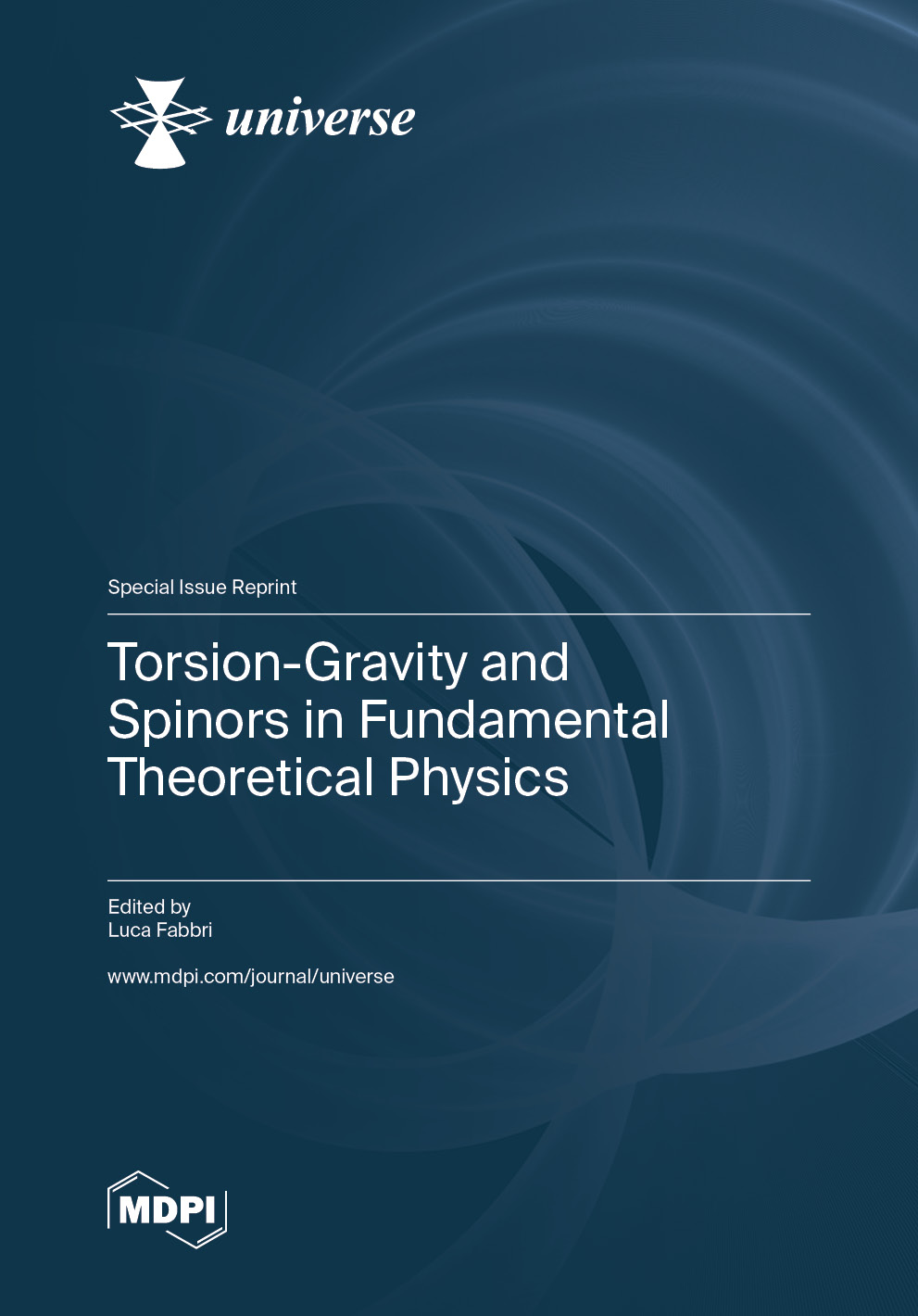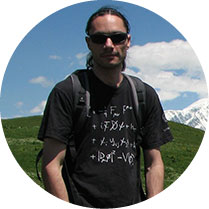Torsion-Gravity and Spinors in Fundamental Theoretical Physics
A special issue of Universe (ISSN 2218-1997). This special issue belongs to the section "Cosmology".
Deadline for manuscript submissions: closed (10 December 2022) | Viewed by 25152
Special Issue Editor
Special Issue Information
Dear Colleagues,
Einstein’s theory of gravitation is perhaps one of the best-established theories ever conceived. However, it is based on the hypothesis that space-time carries curvature alone, leaving torsion out. Because torsion is a natural part of the most general geometric background in which Einstein gravity is built, it is all too natural that the torsional completion of gravity should be considered. Constructing an underlying stage in which both curvature and torsion are present, the fact that curvature couples with energy suggests that torsion may couple with spin, which is the other conserved quantity in quantum field theory. Torsion-gravity with spinning matter is, therefore, a complete and self-consistent setting for modern physics, with potential applications wherever spin effects may be important, stretching from quantum mechanics to the standard models of particle physics and early cosmology. However, this fact is not as present in today’s literature as it might be. The scope of the present collection of papers is to bring together the wisdom of various experts in the field, so to make the present status of torsion in gravity and spin in quantum field theory clearer.
Dr. Luca Fabbri
Guest Editor
Manuscript Submission Information
Manuscripts should be submitted online at www.mdpi.com by registering and logging in to this website. Once you are registered, click here to go to the submission form. Manuscripts can be submitted until the deadline. All submissions that pass pre-check are peer-reviewed. Accepted papers will be published continuously in the journal (as soon as accepted) and will be listed together on the special issue website. Research articles, review articles as well as short communications are invited. For planned papers, a title and short abstract (about 100 words) can be sent to the Editorial Office for announcement on this website.
Submitted manuscripts should not have been published previously, nor be under consideration for publication elsewhere (except conference proceedings papers). All manuscripts are thoroughly refereed through a single-blind peer-review process. A guide for authors and other relevant information for submission of manuscripts is available on the Instructions for Authors page. Universe is an international peer-reviewed open access monthly journal published by MDPI.
Please visit the Instructions for Authors page before submitting a manuscript. Submitted papers should be well formatted and use good English. Authors may use MDPI's English editing service prior to publication or during author revisions.
Keywords
- Torsion in gravity
- gauge theories
- spinor fields
- spinor structure
- causal structure
- quantum effects
- standard model of particle physics
- cosmology of the early universe






